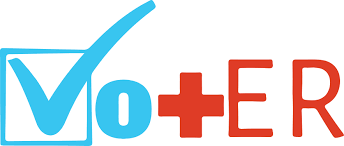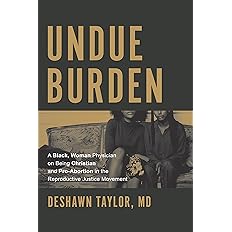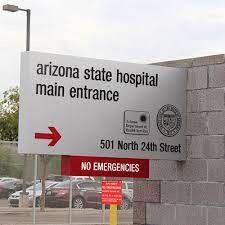Vote-ER develops nonpartisan civic engagement tools and programs for every corner of the healthcare system—from private practitioners to medical schools to hospitals. Their work is driven by a community of health care professionals, organizers, clinical students, and technologists united by a common vision: healthy communities powered by inclusive democracy.
Vot-ER’s Community Civic Engagement Program funds between $5,000 and $10,000 to Community Health Centers, Federally Qualified Health Centers, and look-alikes to implement non-partisan voting initiatives and turnout activities.
Vot-ER programs are in over 500 locations and have helped tens of thousands of Americans register and prepare to vote.
Vot-ER’s Community Civic Engagement Program application deadline is Friday: March 22, 2024
The application, FAQs, and informational webinar recording are available on our CCEP webpage at vot-er.org/ccep/. If you have any questions, contact sandra@vot-er.org or









